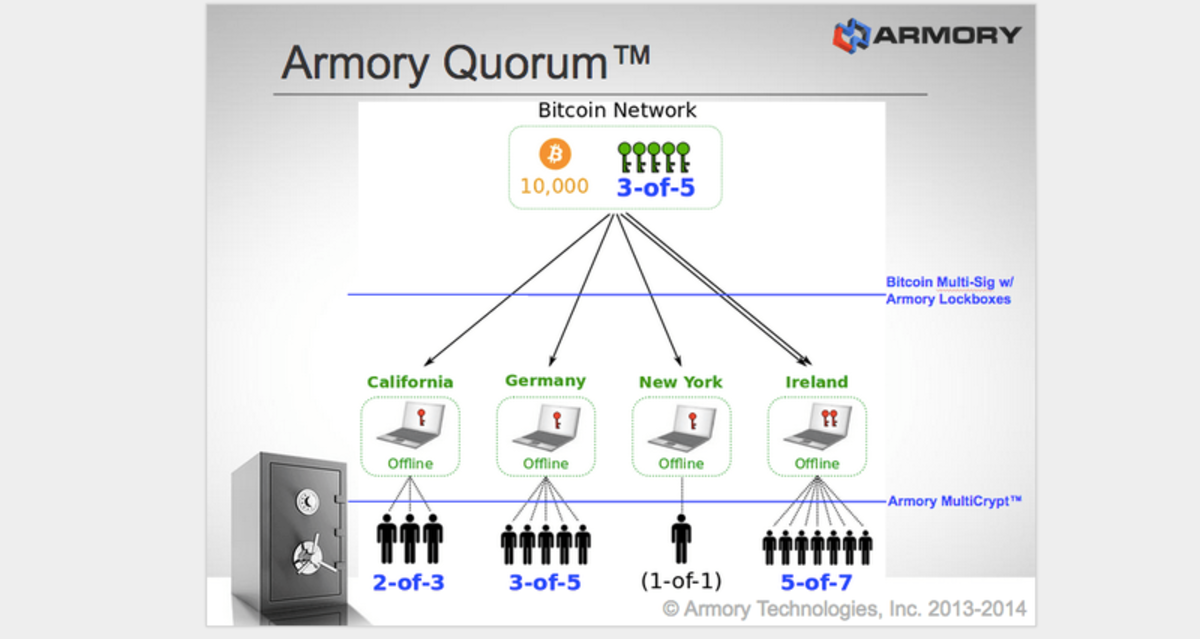
Argument for the US leading Bitcoin adoption
The US exports inflation through the US Dollar’s status as a reserve currency. Over time as countries adopt Bitcoin as legal tender alongside their FIAT currencies, whether voluntarily or not, the Eurodollar inflows will rise as the world shifts from USD to BTC as the reserve currency. As those inflows rise, the value of the dollar falls precipitously, creating runaway inflation, perhaps “hyper”.
The US at that point has no choice but to join the rest of the world in the BTC camp.
Under that calculation it actually behooves the US to lead that transition rather than follow. At least in leading it, the US would be able to influence the speed of adoption and the manner in which the Eurodollars are repatriated.
Bitcoin Momentum
As BTC increases in value, adoption and market cap it becomes a “critical infrastructure” component alongside the telecom links and switches along which interbank communications run now.
But this component has a very critical difference from current StratOps infrastructure. It doesn’t actually reside in the US borders. Certainly a part of it does, but the bulk of it, now and potentially in the future would not. There are only 300 million people in the US and 6.7 Billion, or more, in the rest of the world. While hash capacity won’t correlate to per capita distribution, it’s unlikely, IMHO, that more than 51 of the blockchains hash will reside in the US.
In addition, tying a FIAT currency to BTC creates other issues. As BTC value fluctuates external operations are affected. Cost of borrowing changes quickly, intra country settlement becomes time sensitive, whole industries might become unprofitable. (The Philippine Call Center/BPO industry is a good example). This then affects internal operations. Industries close, people are thrown out of work, kids go hungry, protests and riots can happen. This is serious. This can make governments fall, and in troubling times a “better” government is not certain.
But it’s not as if countries can actually stop BTC. When Bitcoin was first introduced and the difficulty was low you could mine on your CPU. Even if suppression of BTC was effective, which is highly unlikely, over time the difficulty would fall and GPU and CPU mining would become profitable. If that happened every computer and every video card could be used to mine Bitcoin. This would at some point establish equilibrium between suppression and difficulty resulting in a stable Bitcoin anyway. Granted a precipitous fall of difficulty like that is an unlikely scenario, but about as unlikely as any sovereignty’s ability to actually stop the use of BTC.
Example of an international cryptocurrency attack
In addition, the beginning of any new warfare in the 21st century not initiated by the US will almost certainly begin through cyber and economic means. The US eschews economic warfare (though not cyber) because it is the richest country in the world. Trade benefits the US disproportionately. On the other hand, other state actors and non-state actors are more likely to use asymmetric warfare tactics to disrupt communication and logistic streams prior to and perhaps in lieu of physical warfare.
So imagine the scenario: Beijing decides to flex its muscle and see how the US would react if they tried to make a move on the Spratleys. They spend time seeding the block chain with small transactions so that we all accept “dust” as a normal course of business and mapping the BTC landscape and actors. Now they turn up the volume and start dusting the block chain growing it very rapidly and increasing contention, bad blocks, and orphan chains causing problems for mines and pools. The block chain begins to fracture with separate orphan chains appearing in different places, a lot of unsettled and unconfirmed transactions, and increasing confusion and loss of trust in the block chain. People start to sell. As BTC falls, older unprofitable miners go off line.
Then they direct all of their miners (a significant of the global total, with perhaps reserve dark hash capacity in their order of battle), to one pool, and use that pool to establish a consensus leadership position over the global block chain. Alongside this they dispatch their fleet to the Spratleys on a “training” exercise, and use their cyber warfare capability to disrupt US NOC operations, transoceanic switch nodes, US mining pools, and US banks in general.
Achieving surprise and superiority over the global block chain they write bad transactions to the chain, disrupting global BTC economies. They use the topological map previously discussed likely using the dusting method in evidence last week. This by the way also gives China plausible deniability in case they decide they don’t really want this fight. They can blame the block chain and cyber-attacks on “private actors”, and call the naval movement a “training exercise”.
The US reacts by disconnecting China from the Internet Exchange Points, by initiating their own offensive attacks, and by rolling back the US BTC chain to prior to the attacks. But we are not organized as China is. Our “private” actors truly are private and unless the BTC chain is declared as a “critical infrastructure” component previously to this initiation of action, and we have a “reserve” mining corp that has existing 3CI infrastructure in place, we’ll be slow to react.
It’ll take days to stop the attack and days or weeks more to roll back the bad changes while leaving in real transactions. In the meantime people would resort to trading USD instead of BTC using old fashioned means, but the damage would have already been done.
One of the scariest components of the scenario outlined above is the “plausible deniability” component. Something of that nature makes war more likely IMHO, not less, and above all, as a Buddhist, I am against initiation of force.
Scary thoughts and idea. I welcome public discourse on this topic.










